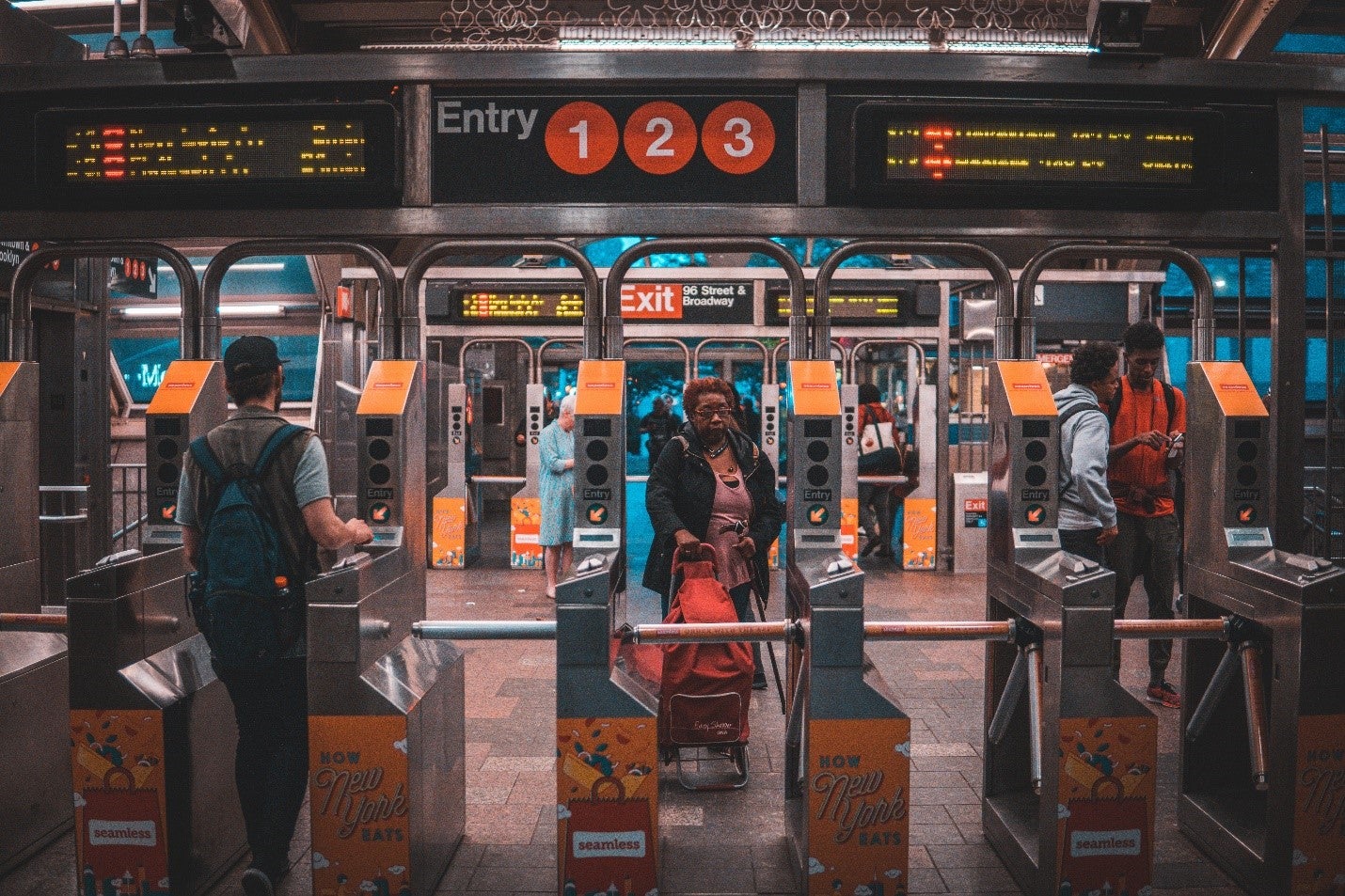The future of paying for public transport in the Latin America and Caribbean region
Monday morning, you get on the bus to go to work, realize your bus card is in the other jacket. You frantically search for your wallet and luckily find the exact amount to pay for the fare while other passengers look at you angrily, impatiently waiting for the bus to move. The next time this happens you are already running late and don’t have enough cash. You decide not to pay at all and use the back door to get on because going back is not an option. Sounds familiar?
How do you imagine will we pay for public transport in the future?
The way we pay for our trips on public transport should mean convenience and ease for the passenger and has an impact on the business model for operators. It influences the time buses spend at stations, the need for new equipment in metro stations and background IT processes, to keep the system up and running. As of 2018, paying for public transport by cash is still the most popular choice, according to a consumer survey which found that 78% of public transport users in the LAC region most frequently pay with cash.
Biometrics
In the future, fare collection systems will provide increased flexibility towards the decisions of what we can use as a “token” for our accounts. Being a unique identifier, biometrics have the potential to replace cards and coins. Among others, this includes fingerprints and face recognition, and even palm vein scanning, where one’s unique pattern of veins is detected without having to touch a surface. The advantage of these new technologies compared to fingerprints are, that sensors don’t get dirty and veins, being inside the body, are more difficult to forge. One important factor for transport operators however, is the reaction time of these technologies, which need to be equal or faster than smartcards to be a viable alternative.
Mobile Payments
Options using mobile technologies for fare collection range from scanning QR codes, purchasing and displaying tickets or passes on the phone, to even automatically recognizing and charging for the route and mode of transport option users are utilizing.
In a survey of online active population of 20 countries worldwide, that included two Latin American countries, Brazilians came in fourth place (40%) and Mexicans in seventh place (36%). Both are above the worldwide average adoption rate (33%) of FinTech services and ahead of countries such as Japan (14%), Canada (18%) and the US (33%). However, when looking at the services available in Latin America, the options to pay for public transport by mobile payment are the most limited among all mobile payment services offered. Only 6% of mobile payment service providers offer customers the possibility to pay for public transport.
Given the high prevalence of cash payments for public transport, this is an area with enormous new possibilities, especially with the incorporation of FinTech services and the increasing introduction and use of biometrics in smartphone usage. New fare collection systems can support fair and integrated fare structures, including for new mobility options, such as shared vehicles. They could also potentially act as a catalyzer to include people who are currently not able to access banking services and rely on cash for receiving and making payments.
|
What are card-based, account-based, open-loop and closed-loop systems? In card-based systems the information is stored on the card itself, so your balance and other data, such as your name or monthly travel passes are stored on the card itself. In account-based systems, your data is stored externally, and your account can be connected to a “token” you use for travelling, this could be a smart card, your phone, a fingerprint or smart watch you are wearing. Another distinction is between open-loop and closed-loop systems. In open-loop systems, customers can use the same card for different purchases and the issuer and receiver do not have to be necessarily the same. One frequently cited example are credit or debit cards, which can be used as a travel card at the same time. On the other hand, closed-loop cards are by one issuer and can only be used with the same kind of payment system. |
With this in mind, the embarrassing situation mentioned in the beginning, being forced to evade payment or keeping other passengers waiting should be a story of the past. We could be soon getting on the bus, metro or grabbing a shared bicycle without the need to cross gates or worrying about coins or travel cards ever again.
Keep your eyes open for our publication on the future of payment systems and leave your comment below on how you would like to pay for your transport services! Face recognition? Smartphone? Something completely different?



Leave a Reply